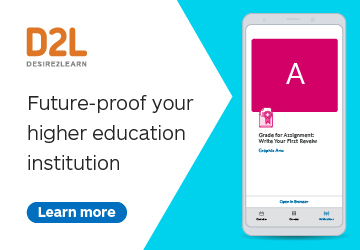Higher education institutions must assess which fundamental changes are here to stay and navigate continually changing needs
The disruption caused by Covid-19 has forced universities to adapt quickly. But this has also allowed for innovation at a pace that previously seemed impossible.
During a virtual panel session for Times Higher Education’s Digital Universities Week, experts from academia and industry met to discuss what universities have learned from their experiences over the past 18 months, and what that means for the future.
Christopher Trace, head of digital learning at the University of Surrey, said plenty of positives could be seen in remote learning and from universities’ emergency online response. “The huge silver lining around the cloud that is Covid is…the surge we’ve seen in staff and student digital capabilities,” Trace said. “Using technology to solve problems has been a real eye-opener and many institutions, including our own, have talked about enhancing education and changing things for the better.”
Stewart Watts, vice president of EMEA at D2L, added that the shift in attitudes seen during the pandemic has allowed universities to become more agile. “There is far less bureaucracy – they are making decisions much quicker, akin to the corporate world – which I think needed to happen and will be here to stay,” Watts said.
The pandemic has also emphasised the growing need for upskilling “both of academics and the general workforce”, Watts added.
To meet these needs, universities must continue to build relationships with businesses. Many are already seeing a greater industry presence on campus, panellists agreed.
Here, new technologies can help, Trace said: “Online and hybrid learning can be refined through technology to provide personalisation…Each learner can study at their own pace in their own way, and automation [of bureaucracy] will mean that teachers still have time to coach online as well as give that personalised experience.”
From D2L’s perspective, technology is playing a bigger role in nurturing student employability, Watts said. “We’re looking at technologies that support the development of soft skills, for example, the ability for students to record themselves doing a presentation and then analyse that performance automatically to give them feedback on things like filler words used.”
Collaborating with industry on course design and nurturing interdisciplinary skills were a priority for providers on both sides, Watts added. “I think we’re getting there, and I think there’s going to be more collaboration to make sure that the skills required in the world of work are being properly built-in,” he concluded.
Watch the session on-demand above or on the THE Connect YouTube channel.





















